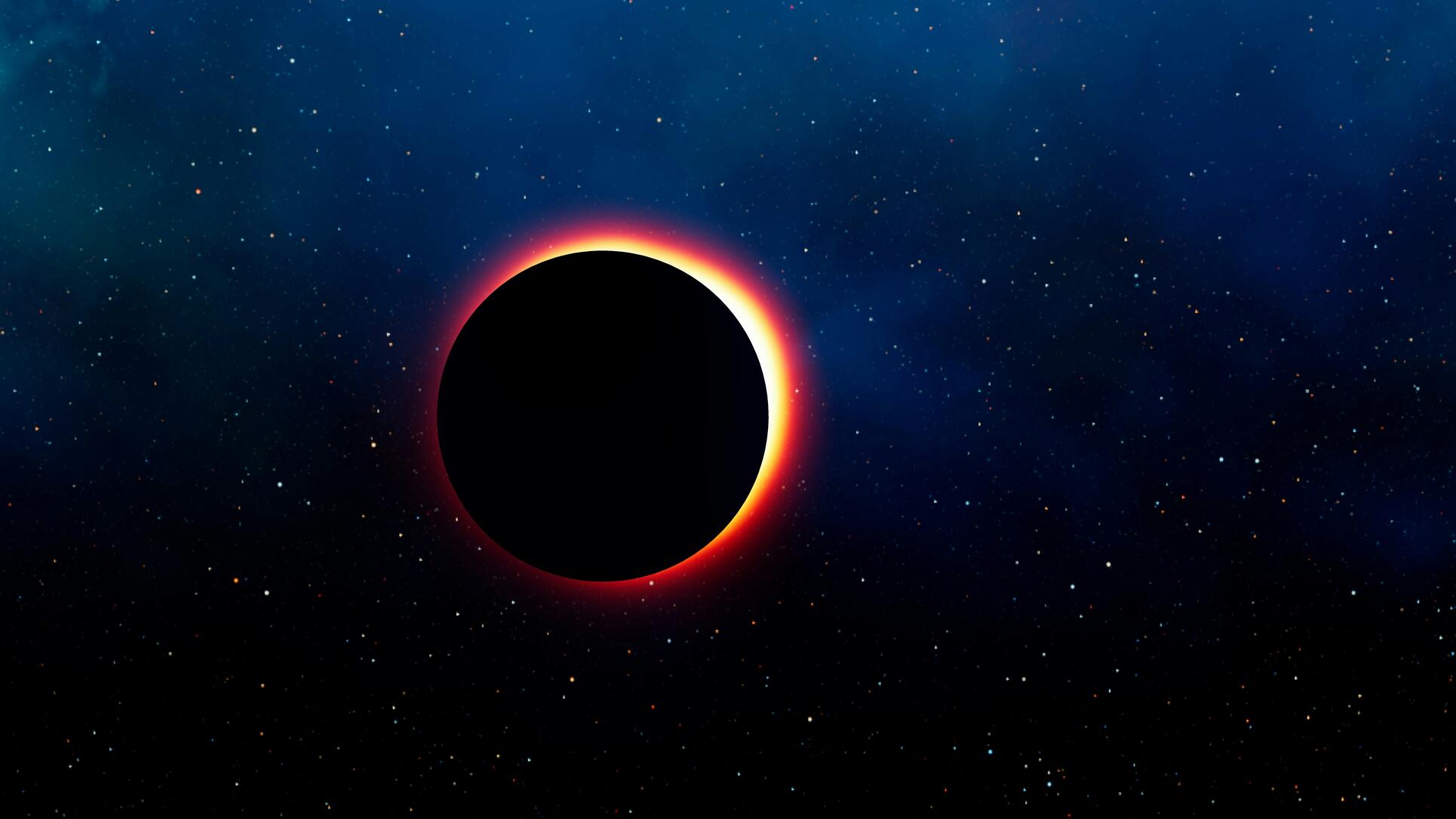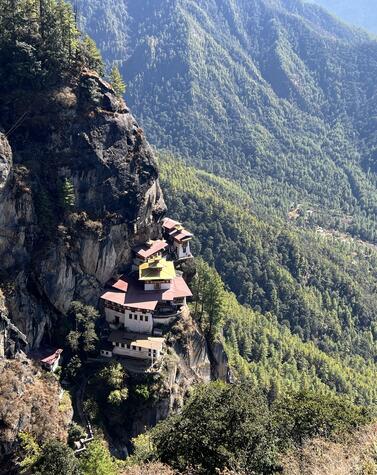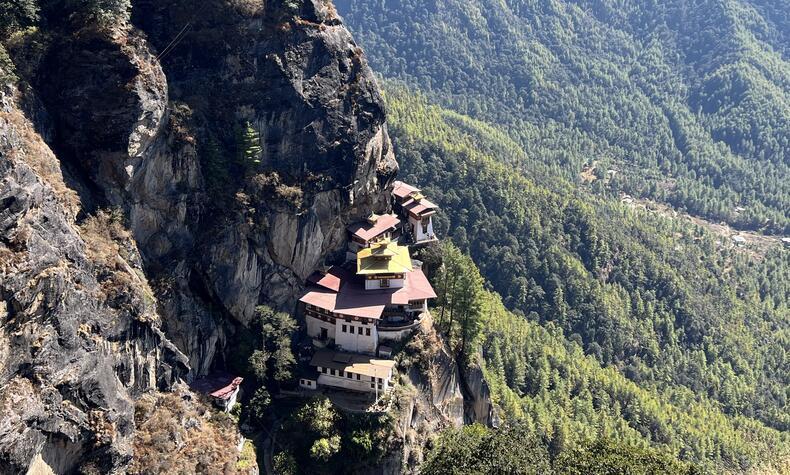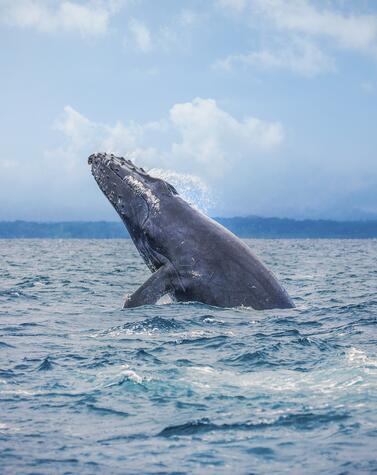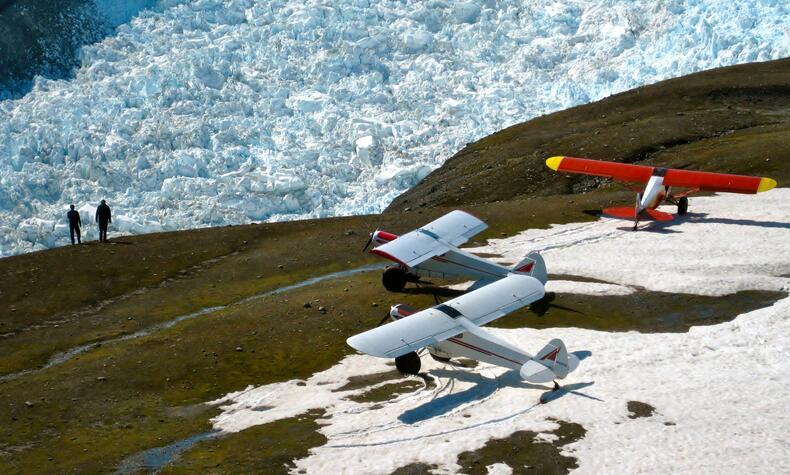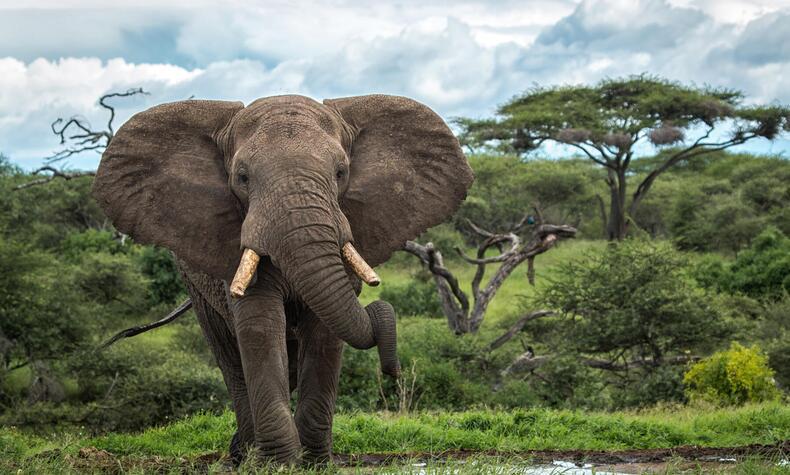Eclipses 2025, under the shadow of the Moon
In the coming years, the astronomical calendar has several eclipses in store that will mark unforgettable moments for those who witness them. New Zealand will witness another partial eclipse in September this year, casting shadows across the South Pacific.
But the big show will come in August 2026, when a total eclipse will cross the skies over Greenland, Iceland, and part of northern Spain. For those who want to experience it first-hand, this unique event may be observed in privileged regions of the Iberian Peninsula.
Not all eclipses are the same. Sometimes, the Moon completely covers the Sun, giving us the luxury of a total eclipse, where only the solar corona remains visible, like an ethereal halo of fire in the sky. Other times, its apparent size is not enough to block all the light and leaves a shimmering golden ring, giving rise to an annular eclipse. On many occasions, the alignment is partial, and the Sun appears as a sphere bitten by the lunar shadow.
Witnessing a solar eclipse is not just a matter of astronomy; it is a sensory and almost mystical experience. For many travelers, these events have become a compelling reason to embark on expeditions to remote destinations, seeking the best place in the world to step into the shadows and watch as, for a few moments, time seems to stand still.
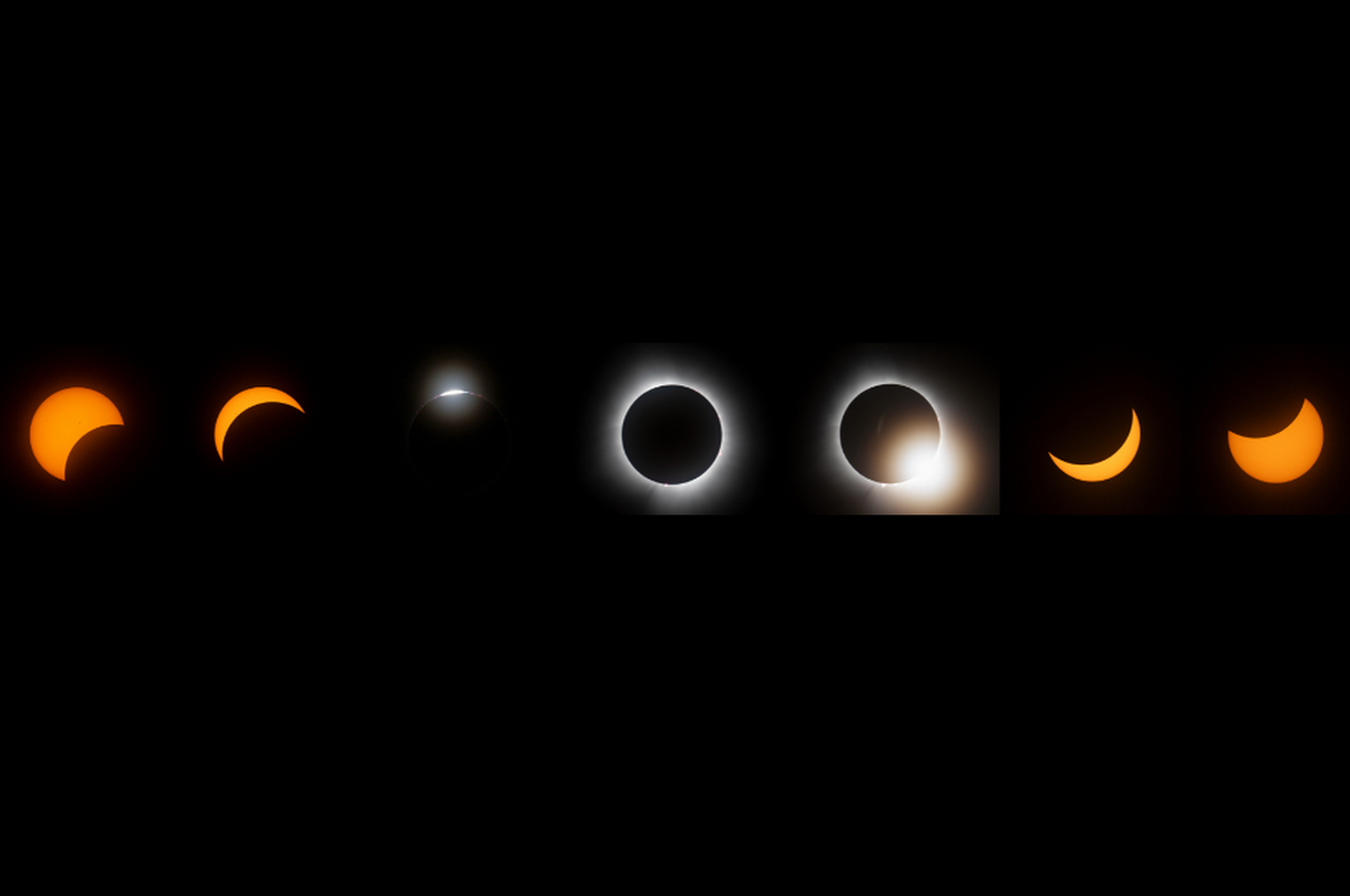
Humanity has looked to the sky with reverence immemorially, searching the stars for answers to its deepest fears and questions. But rarely does the cosmos respond in such an awe-inspiring way as it does during a solar eclipse. When the day grows dark, when the air grows cold and nature falls silent, eclipses have been, throughout history, a window to the divine, a mystery that has unleashed myths, changed battles and, more recently, confirmed some of the most revolutionary scientific theories of our era.
Eclipses have occurred since long before humans roamed the Earth, but the earliest traces of their impact on our history date back to prehistoric times. At the Loughcrew Megalithic Monument in Ireland, spiral-shaped petroglyphs carved into the rock more than 5,000 years ago may be depictions of an eclipse that occurred in 3340 BC. The theory is reinforced by the finding of charred human remains near the engraving, suggesting that this celestial phenomenon may have been interpreted as a harbinger of death or transformation.
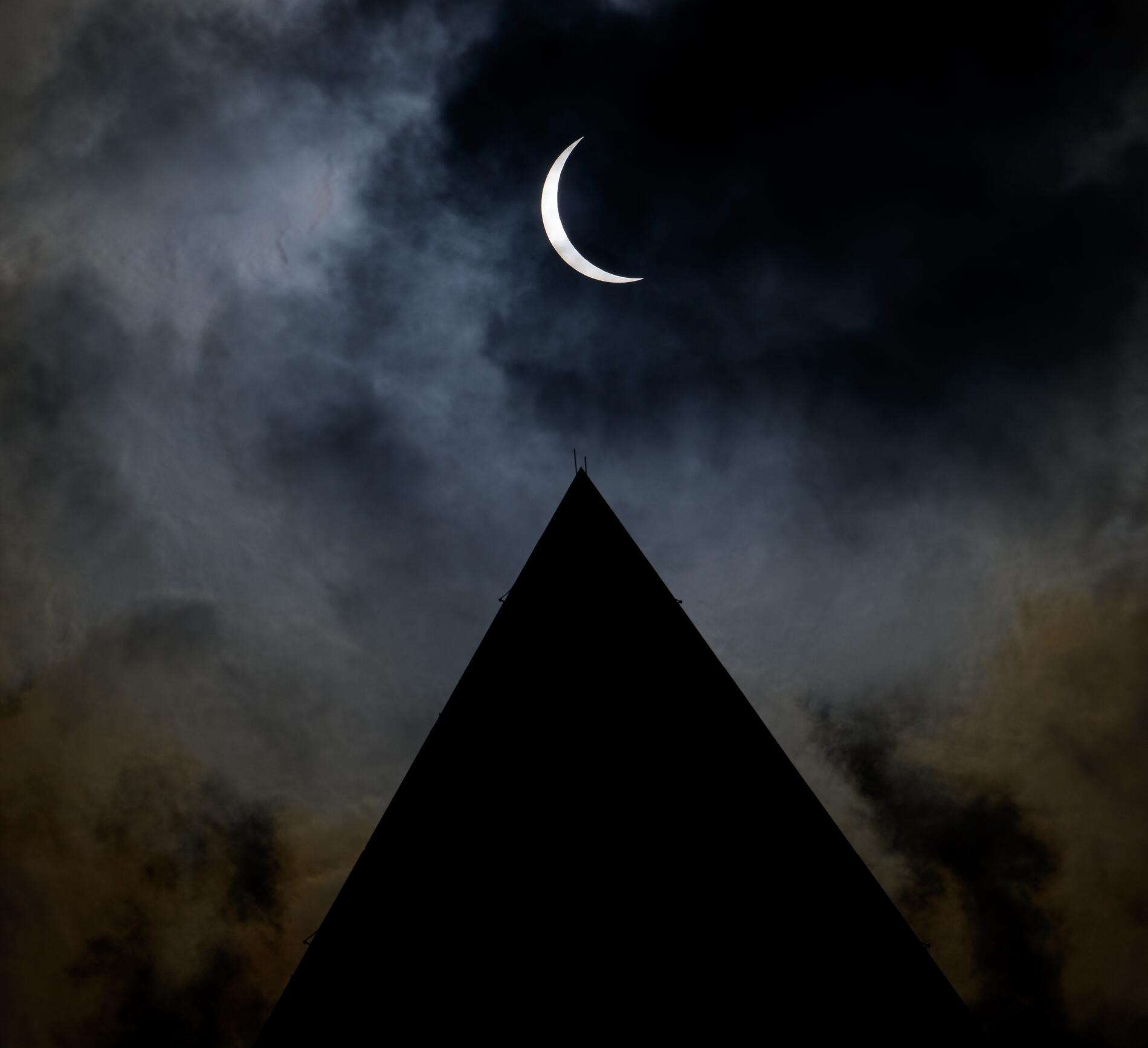
In ancient China, Shang dynasty scribes recorded on oracular bones the phrase, "The Sun has been devoured," attributing the eclipse to a celestial dragon trying to engulf the light. To stop it, people beat drums and shot arrows into the sky in an attempt to drive the creature away and restore daylight. These records, dated 1200 B.C., were analyzed centuries later by NASA astronomers to study changes in Earth's rotation, demonstrating how eclipses have served as both mystical events and tools for science.
The ancient Maya possessed extraordinary astronomical knowledge. Not only did they document eclipses in codices and murals, but they even accurately predicted the July 1991 eclipse centuries before it occurred. In Chaco Canyon, New Mexico, a petroglyph depicting a whirlpool with lines radiating from its center may be an illustration of a solar eclipse observed in 1097 A.D., possibly the first to include a coronal mass ejection, a solar phenomenon documented today with NASA technology.
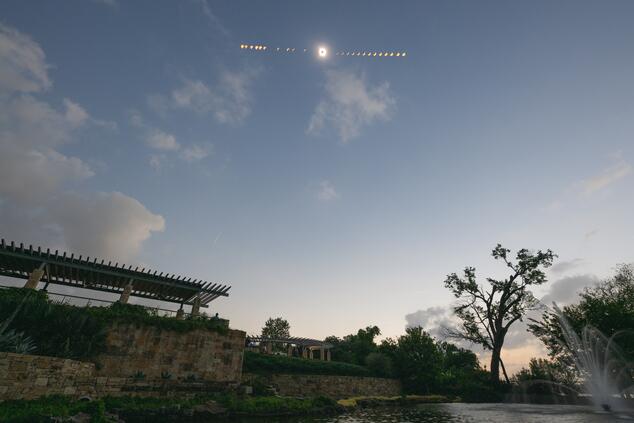
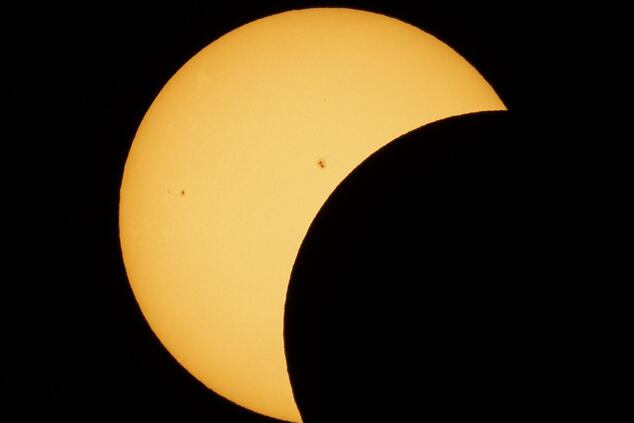
Eclipses that changed history
History is full of eclipses that influenced the fate of entire civilizations. In 585 BC, during a battle between the Lydians and the Medes, the day suddenly darkened. Both sides, terrified, interpreted the phenomenon as a sign from the gods and laid down their arms, sealing the peace. This eclipse, mentioned by the historian Herodotus, is the first historical event dated with astronomical certainty.
On October 24, 2137 B.C., in China, an eclipse took by surprise the royal astronomers Hsi and Ho, who did not predict it in time. In a society where harmony between heaven and earth was paramount, their mistake was considered unforgivable, and both were executed.
In pre-Columbian America, Christopher Columbus used an eclipse to save his expedition in Jamaica in 1504. His sailors, starving and weakened, depended on food from the Taino Indians, who, tired of his demands, stopped supplying them. Thanks to his astronomical knowledge, Columbus predicted a lunar eclipse and made the Tainos believe that the gods were angry. Terrified by the sudden darkening of the moon, the indigenous people resumed their support, allowing the Europeans to survive.
Even in the religious realm, eclipses have left their mark. In Christian texts, it is mentioned that after the crucifixion of Jesus, the moon "became red as blood", which could refer to a lunar eclipse that occurred on April 3, 33 AD. In the Qur'an, a solar eclipse is mentioned before the birth of the Prophet Muhammad and another on the day of the death of his son, Ibrahim.
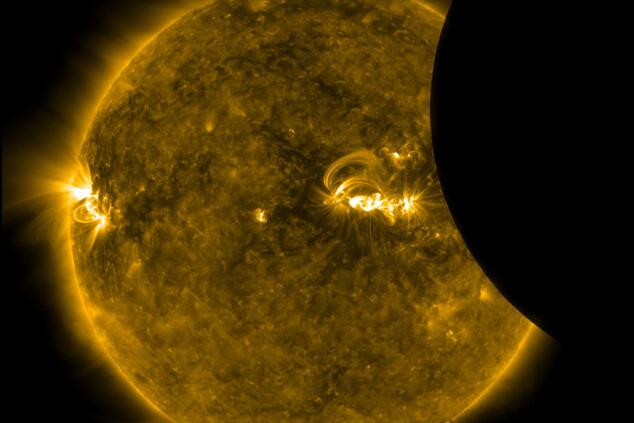
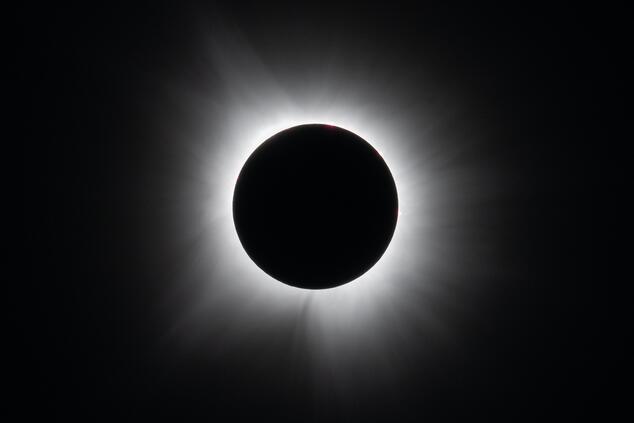
Beyond the cultural and mythological impact, solar eclipses have been key to some of humanity's most important scientific discoveries. In the 3rd century BC, Aristarchus of Samos used a lunar eclipse to calculate the distance between the Earth and the Moon, achieving a surprisingly accurate figure for his time.
In 1695, Edmond Halley, comparing observations of ancient eclipses with modern calculations, noticed that the Moon appeared to be accelerating in its orbit. This led him to conclude that what was actually happening was that the Earth's rotation was slowing down. Today, we know that the slowing is caused by tidal friction, which lengthens the Earth's day by about 2.3 milliseconds per century.
The most famous eclipse in the history of science was perhaps on May 29, 1919. On that day, British astronomer Sir Arthur Eddington led an expedition to observe how starlight bent as it passed close to the Sun. This experiment was the first empirical test of Albert Einstein's theory of general relativity, confirming that gravity affects not only physical objects but also light itself.
The first empirical test of Albert Einstein's theory of general relativity was on May 29, 1919.

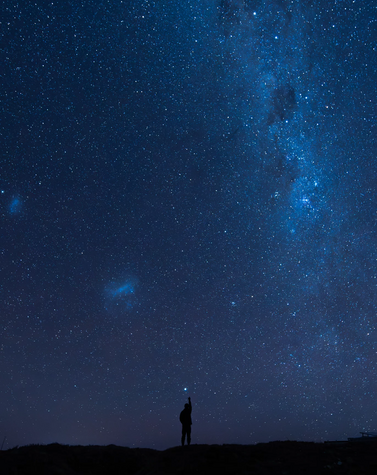
Most recently, in August 2017, a total eclipse crossed the United States from coast to coast. NASA deployed eleven spacecraft, high-altitude aircraft, and ground-based telescopes to observe it, enabling studies of the solar atmosphere, space weather, and the Sun's influence on Earth. It was also the first eclipse in history to be followed in real time by millions of people via the internet and social networks.
Throughout history, eclipses have been interpreted as divine warnings or opportunities to expand our understanding of the universe. Today, far from fearing them, humanity avidly pursues them, traveling to the most remote places on the planet to witness a phenomenon that, despite all our technology, continues to take our breath away.
Whether in the ancient Chinese skies, Herodotus' chronicles, or Einstein's calculations, solar eclipses remind us of our connection to the cosmos. Centuries after those first petroglyphs carved in stone, we continue to gaze up at the sky with the same awe as our ancestors, marveling at the celestial dance that, for an instant, darkens the day and invites us to reflect on our place in the universe.
